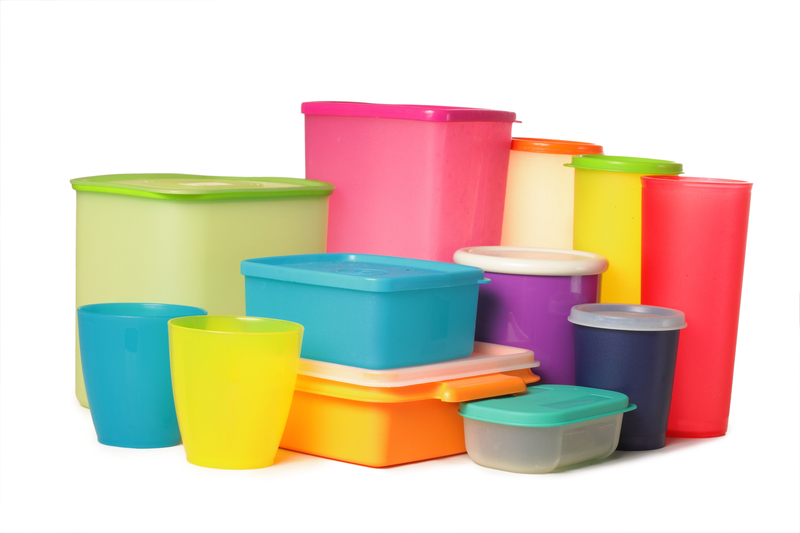Waste and Warnings: What is Hazardous Waste?
Hazardous waste is a critical environmental concern affecting ecosystems, human health, and the economy worldwide. Understanding what constitutes hazardous waste, the risks it poses, and the best practices for its management is necessary for individuals, businesses, and governments alike. In this comprehensive guide, we will address the essential aspects of hazardous waste, including its definition, categories, dangers, methods of proper disposal, regulations, and the global impact of mismanagement.
Defining Hazardous Waste: A Crucial Environmental Issue
At its core, hazardous waste refers to any material that is discarded or intended to be discarded, and that poses a threat to human health or the environment due to its chemical, physical, or biological properties. Not all waste is considered hazardous; however, the wastes that are classified as such typically exhibit one or more dangerous characteristics such as toxicity, ignitability, corrosivity, or reactivity.
Key Characteristics of Hazardous Waste
- Toxicity: Contains substances that are harmful or fatal when ingested or absorbed, or that leach dangerous chemicals into the environment.
- Ignitability: Easily catches fire under normal conditions.
- Corrosivity: Can erode or destroy living tissue or materials.
- Reactivity: Capable of violent chemical reactions, explosions, or releasing toxic gases.
Common Variations and Synonyms
Other terms and phrases referring to hazardous waste include toxic waste, chemical waste, dangerous waste, or regulated waste. While these terms are often used interchangeably, hazardous waste is the preferred regulatory and scientific term.

Categories and Examples of Hazardous Waste
Hazardous waste materials come from diverse sources and exist in many forms. Understanding the main types helps in identifying, handling, and disposing of these wastes properly.
Primary Categories of Hazardous Waste
- Industrial Hazardous Waste: Produced from manufacturing processes, including solvents, paint residues, heavy metals, and chemical sludges.
- Household Hazardous Waste (HHW): Everyday products like batteries, pesticides, cleaners, paints, and electronics that can be harmful when improperly disposed.
- Medical Waste: Generated in healthcare facilities, including pharmaceuticals, infectious materials, and sharps.
- Electronic Waste (E-waste): Old computers, cellphones, TVs, and other electronics containing heavy metals and toxic components.
- Universal Waste: Widely produced hazardous products such as fluorescent bulbs, certain batteries, and mercury thermostats.
Examples of Hazardous Materials
- Lead-acid batteries: Contain lead and sulfuric acid, both hazardous.
- Pesticides and herbicides: Toxic chemicals used in agriculture and gardening.
- Asbestos: Once widely used, now known for causing severe respiratory illnesses.
- Solvents: Such as toluene, xylene, and acetone, used in many industrial applications.
- Cleaning agents: Some degreasers and bleach-based products are hazardous.
Dangers and Warning Signs of Hazardous Waste
Improper management of hazardous waste is a significant risk to both environmental and human health. These substances threaten air and water quality, soil stability, and the delicate balance of ecosystems. Additionally, exposure--even at low levels--can have long-lasting health consequences.
Health Risks Linked to Hazardous Waste
- Acute poisoning: Short-term exposure to toxic waste can cause organ damage, respiratory distress, and death.
- Cancer: Many hazardous chemicals are carcinogenic with prolonged exposure.
- Reproductive and developmental issues: Substances like lead and mercury can harm fetal and child development.
- Neurological effects: Solvents and heavy metals can cause cognitive decline, memory loss, or neurological disorders.
Environmental Impact
- Soil contamination: Toxic waste can leach into soil, affecting plant growth and entering the food chain.
- Water pollution: Runoff from hazardous sites can infiltrate groundwater and surface water, endangering aquatic life and potable water supplies.
- Air pollution: Improperly incinerated waste can emit toxic fumes and particulate matter.
Warning Signs and Identifiers
- Signal words: Products labeled with 'Danger', 'Warning', or 'Caution' are likely hazardous.
- Hazard symbols: Look for the skull and crossbones, flame, acid, or exploding bomb icons.
- Material Safety Data Sheets (MSDS): Required documentation describing chemical hazards.
Hazardous Waste Management: Safe Handling and Disposal
The proper management of hazardous waste reduces its impact on health and the environment. Regulatory frameworks, best practices, and modern technologies play vital roles in handling these dangerous substances.
Steps in Hazardous Waste Disposal
- Identification: Determine if the waste possesses hazardous characteristics based on federal, state, or local definitions.
- Segregation: Do not mix hazardous waste with non-hazardous waste to avoid large volumes requiring specialized disposal.
- Labeling and Storage: Store waste in clearly labeled, leak-proof containers away from populated areas or vulnerable environments.
- Transportation: Use licensed transporters specializing in hazardous material handling.
- Treatment and Disposal: Follow approved methods such as chemical neutralization, high-temperature incineration, or containment in secure landfills.
- Record Keeping: Maintain detailed logs of hazardous waste from generation to final disposal, ensuring regulatory compliance.
Regulations and Safe Handling Guidelines
National and international agencies regulate hazardous waste management. In the United States, the Environmental Protection Agency (EPA) enforces standards under the Resource Conservation and Recovery Act (RCRA). Similar standards exist globally, such as the European Union's Waste Framework Directive or the Basel Convention on the Control of Transboundary Movements of Hazardous Wastes.
- Follow regulatory requirements for waste manifests, storage, and handling procedures.
- Implement personnel training for workers handling waste.
- Equip facilities with emergency response infrastructure, such as spill kits and eyewash stations.
- Report spills and accidents immediately as required by law.

The Future of Hazardous Waste Management
With increasing industrialization and globalization, the amount of hazardous waste generated each year continues to grow. Innovations in recycling, waste minimization, and treatment processes are crucial for the future of sustainable waste management.
Emerging Technologies
- Advanced chemical treatment: Breaks down hazardous compounds into harmless byproducts.
- Thermal destruction: Modern incinerators and plasma arc technologies minimize emissions.
- Bioremediation: Utilizes organisms to degrade or contain toxic substances in contaminated soil or water.
- Circular economy initiatives: Promote the reuse and recycling of hazardous materials when safe and feasible.
Personal and Community Responsibilities
- Participate in local hazardous waste collection events.
- Use and store household chemicals responsibly.
- Support legislation that promotes sustainable waste management.
- Educate others about proper disposal and the risks of hazardous waste mismanagement.
Conclusion: Protecting Our Future from Hazardous Waste
Understanding hazardous waste--from its definition to its dangers and proper disposal--is critical for protecting health and the environment. Whether you're a business owner, policymaker, or simply a concerned citizen, you play a role in reducing the risks posed by hazardous waste through careful handling, informed decisions, and advocacy for stronger regulations.
- Recognize and identify hazardous materials appropriately.
- Follow best practices for segregation, storage, transportation, and disposal.
- Remain informed about local and international regulations.
- Promote education and awareness in your community.
By embracing responsible hazardous waste management, we ensure safer communities and a healthier planet for generations to come. If you encounter something that could be hazardous waste, take action by consulting your local waste authority--your vigilance is a key step toward a sustainable future.